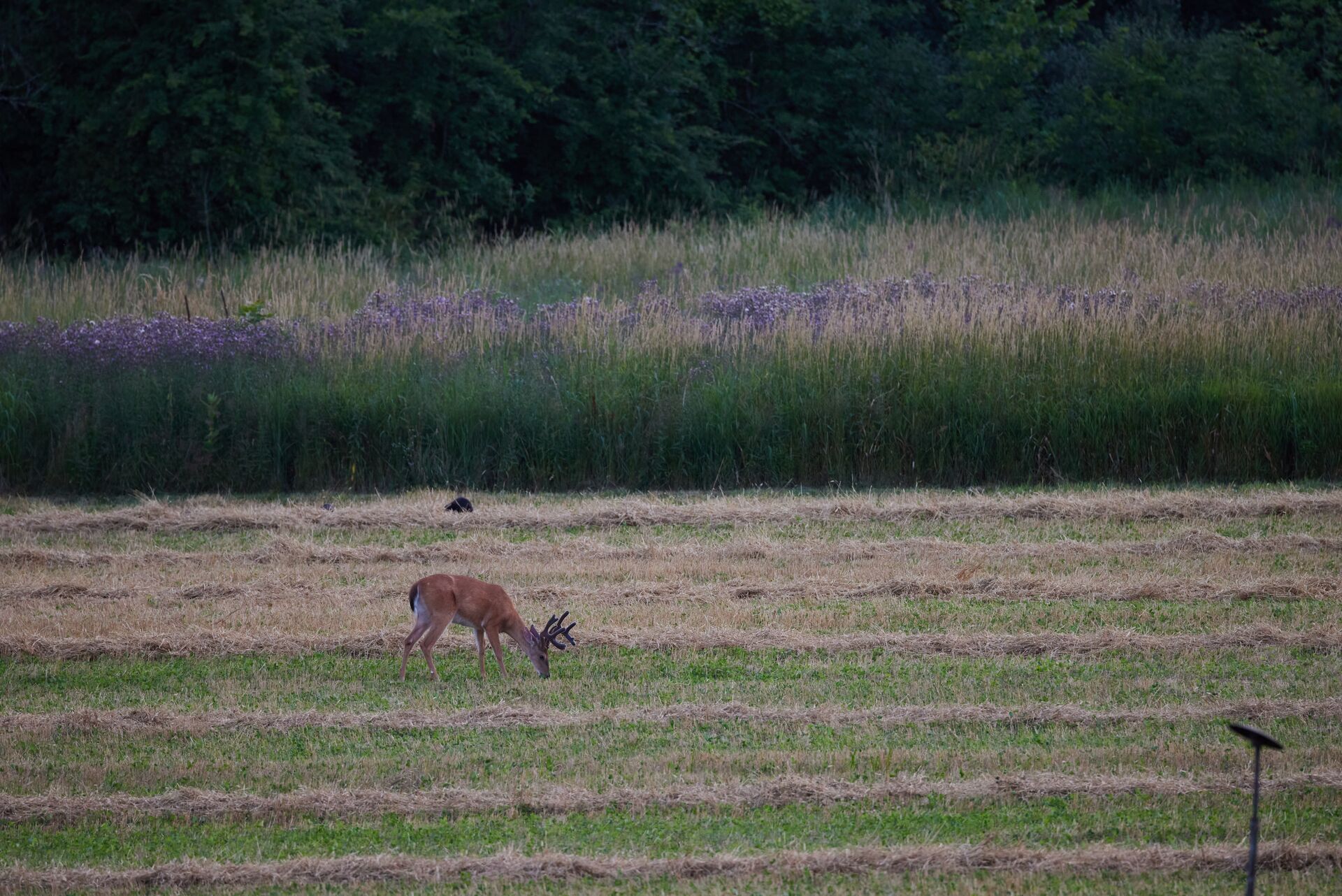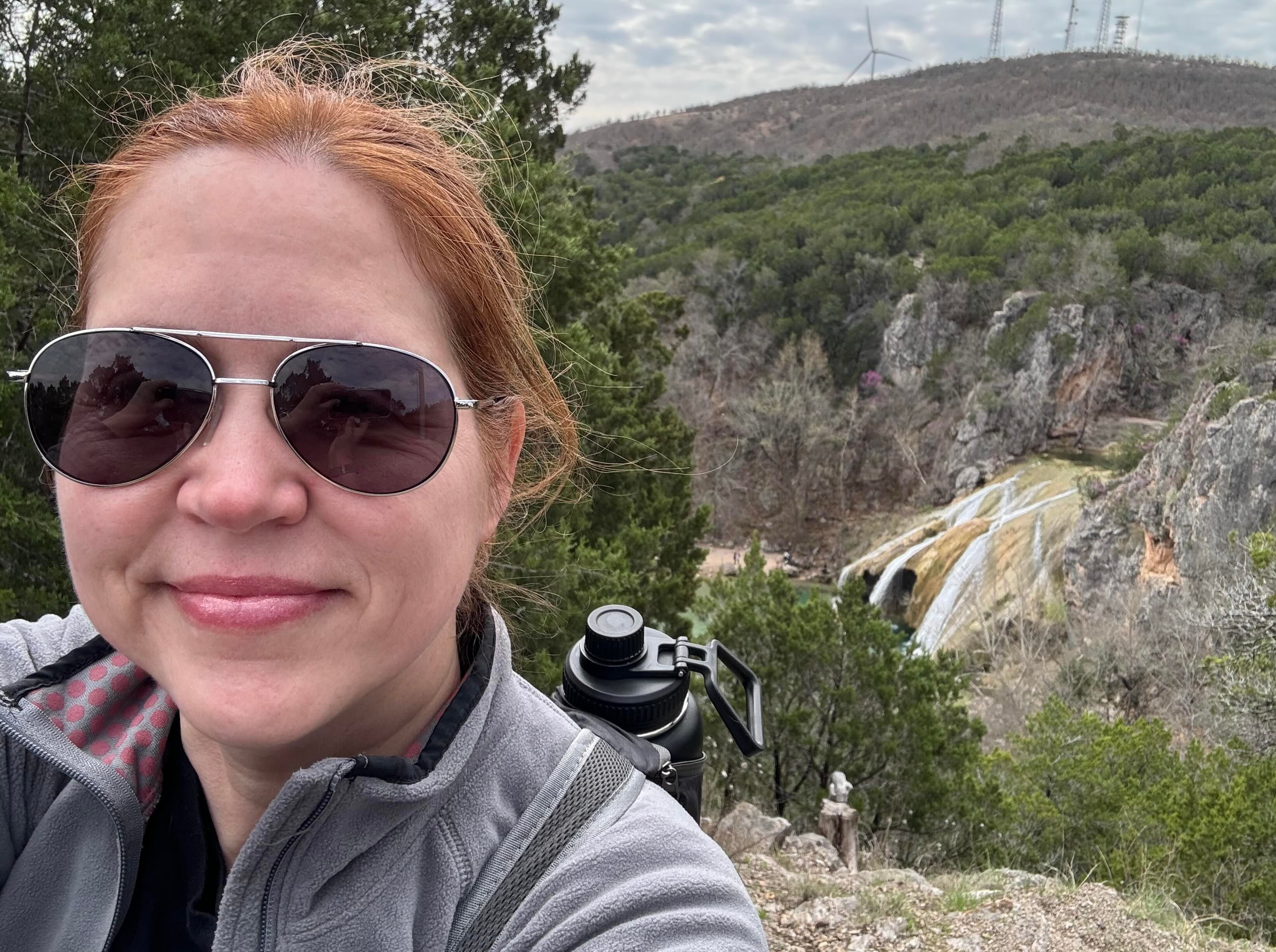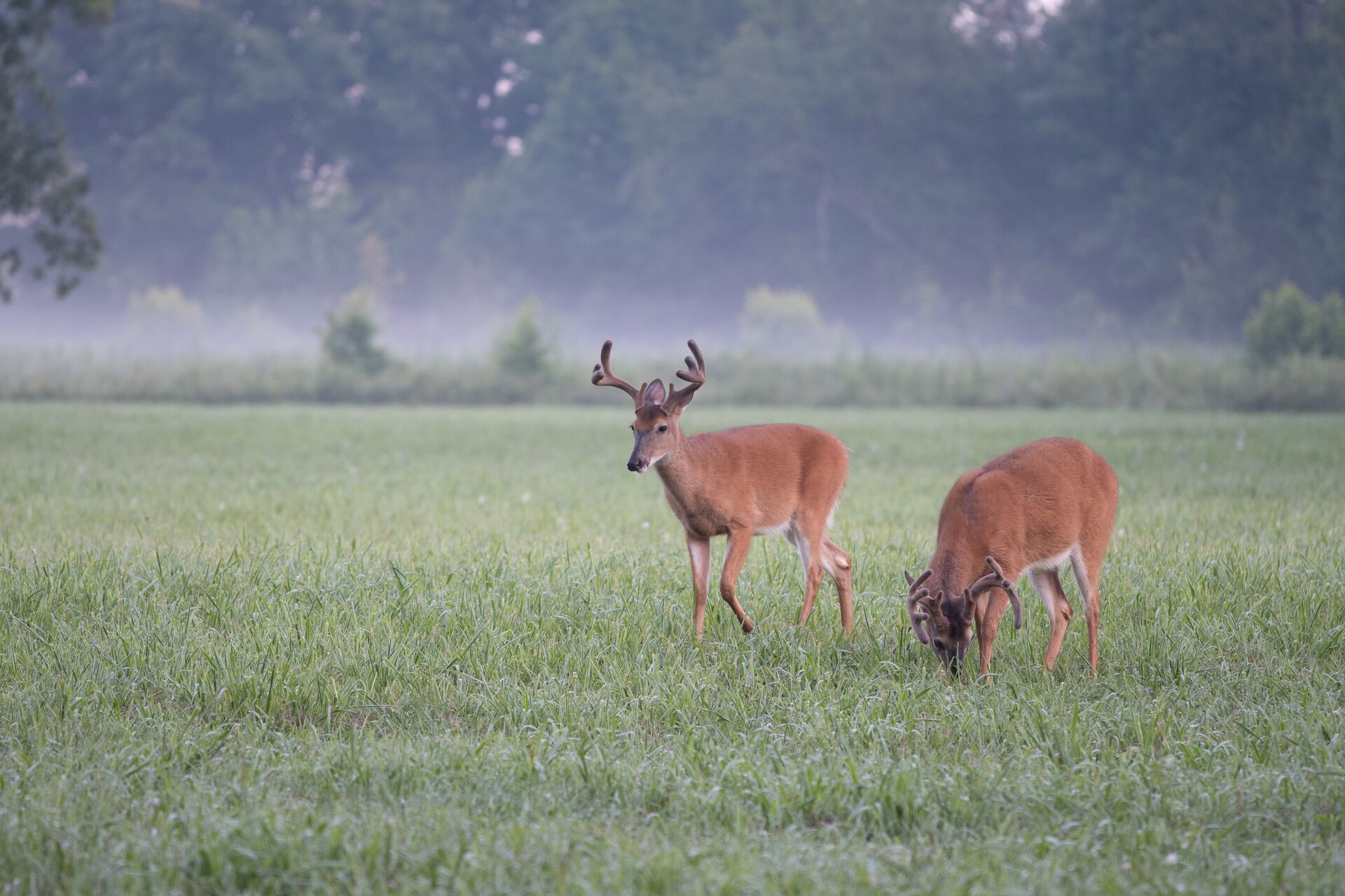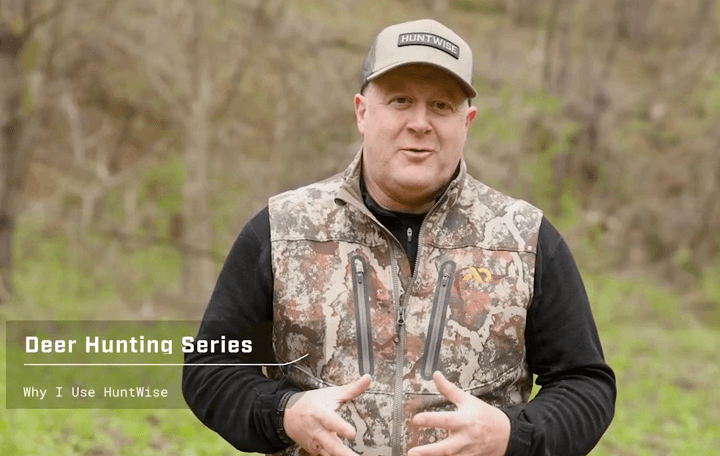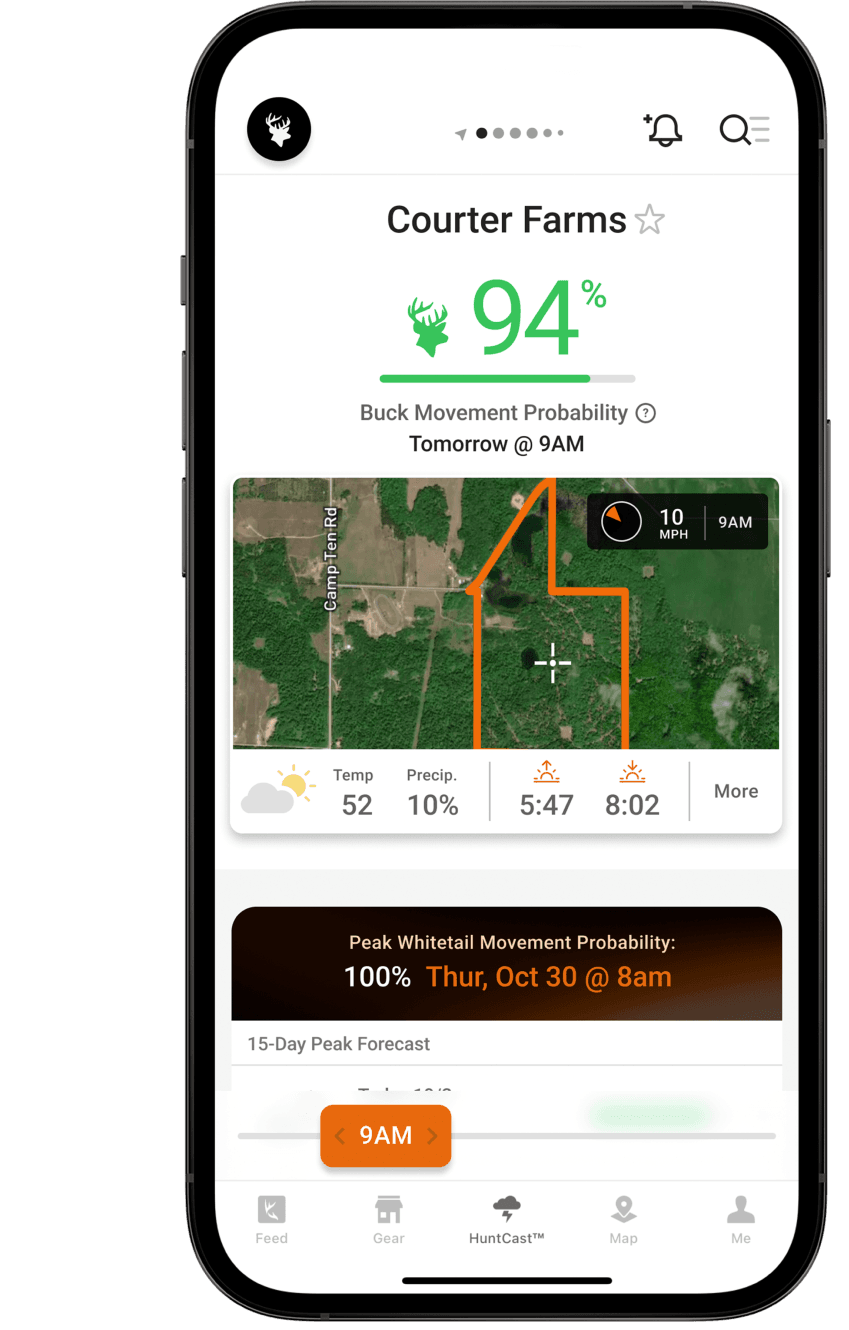Field Guide / Deer
Understanding Deer Feeding Times for Bagging Big Bucks
When it comes to deer hunting, timing is everything.
Previous in Deer
More Content Like This
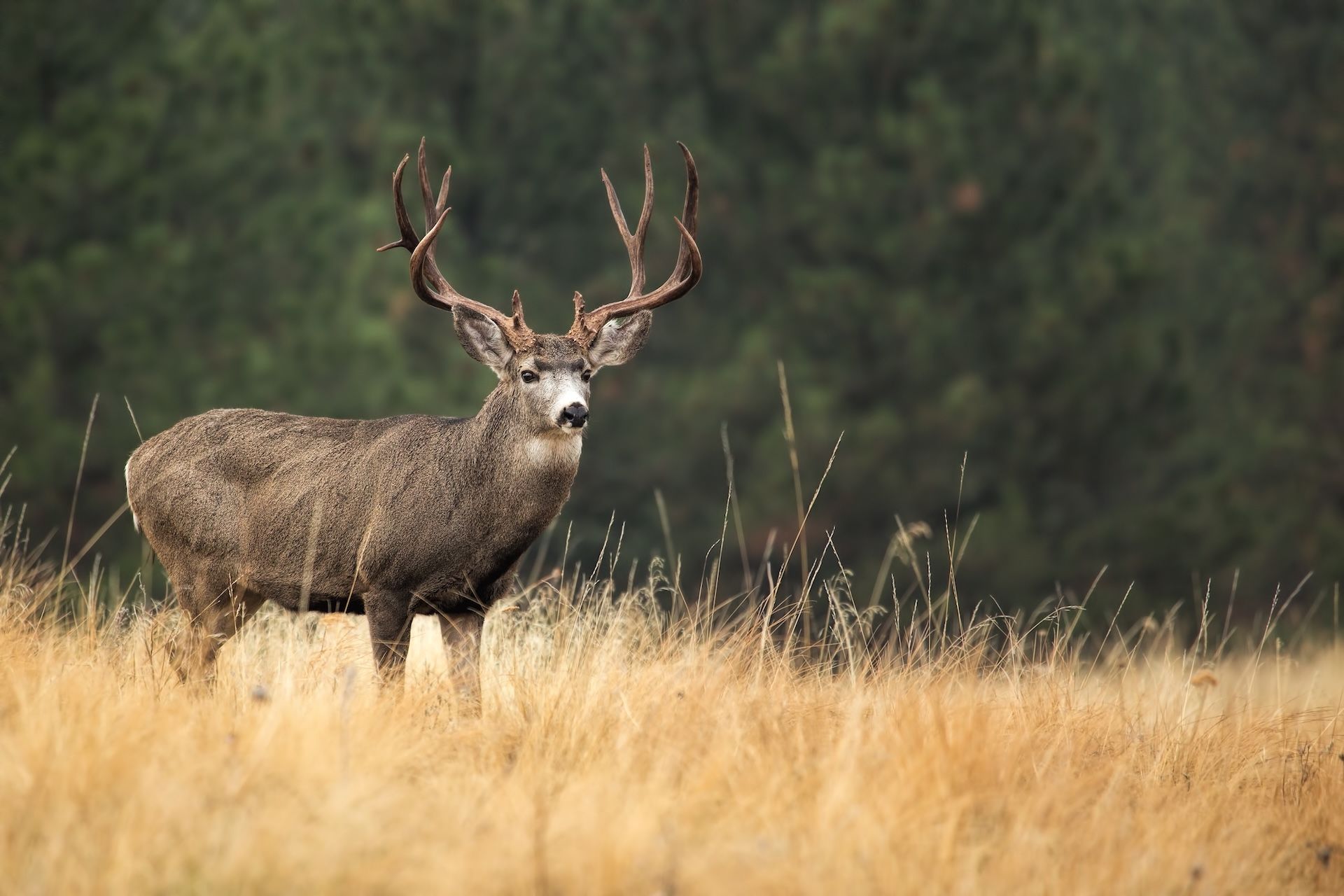
The Best States to Hunt Mule Deer
Muleys are a mainstay of the North American hunting list and a symbol of a classic Western hunt. As you plan your hunts this season, you need to know the best states to hit up for a mule deer hunt.Read More
Read More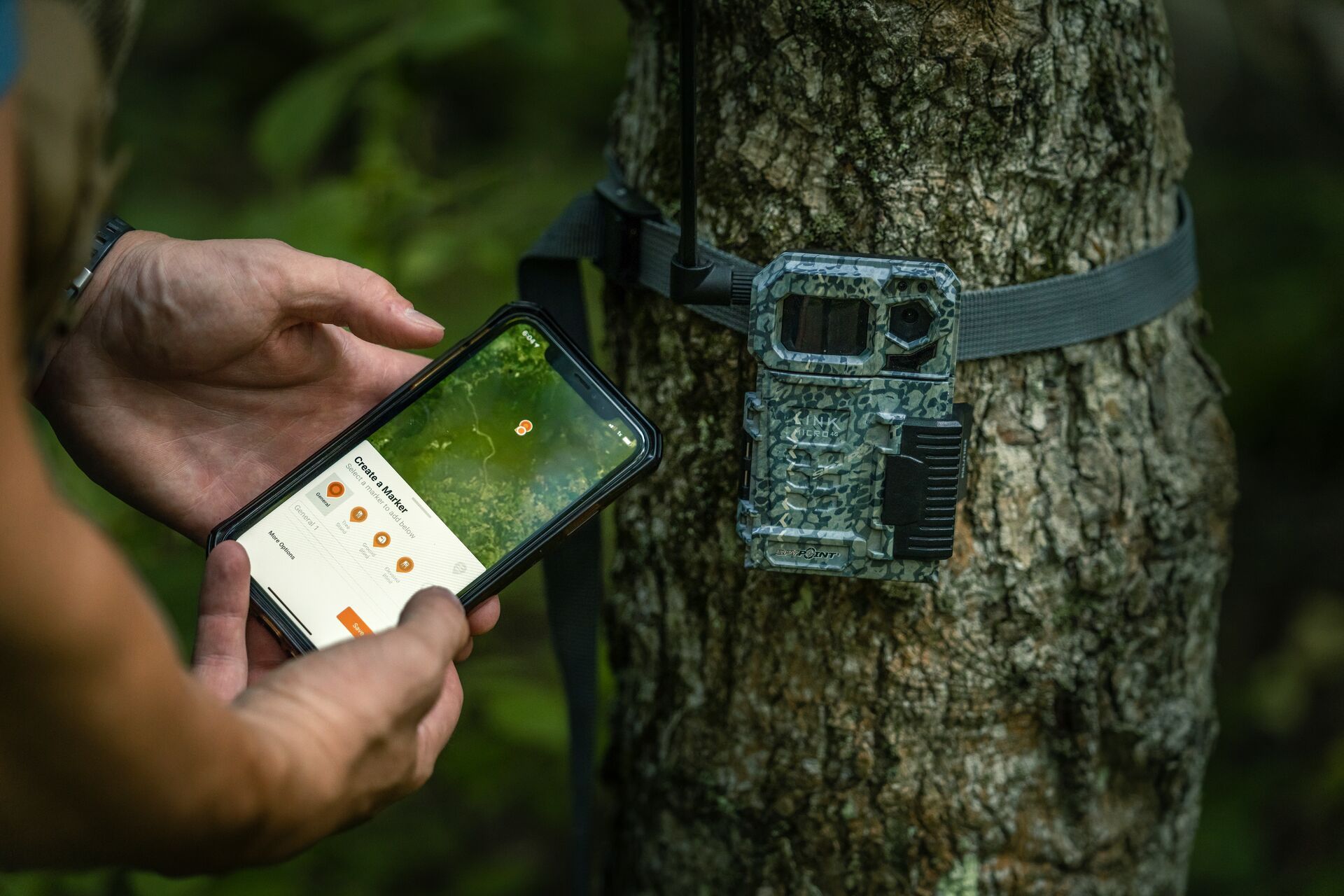
The Year-Round Hunter in June: Deer Hunting Off Season Prep
June is typically regarded as the first month of summer, which means the fall hunting season is right around the corner and closer than you think. It's time for deer hunting off season prep!Read More
Read More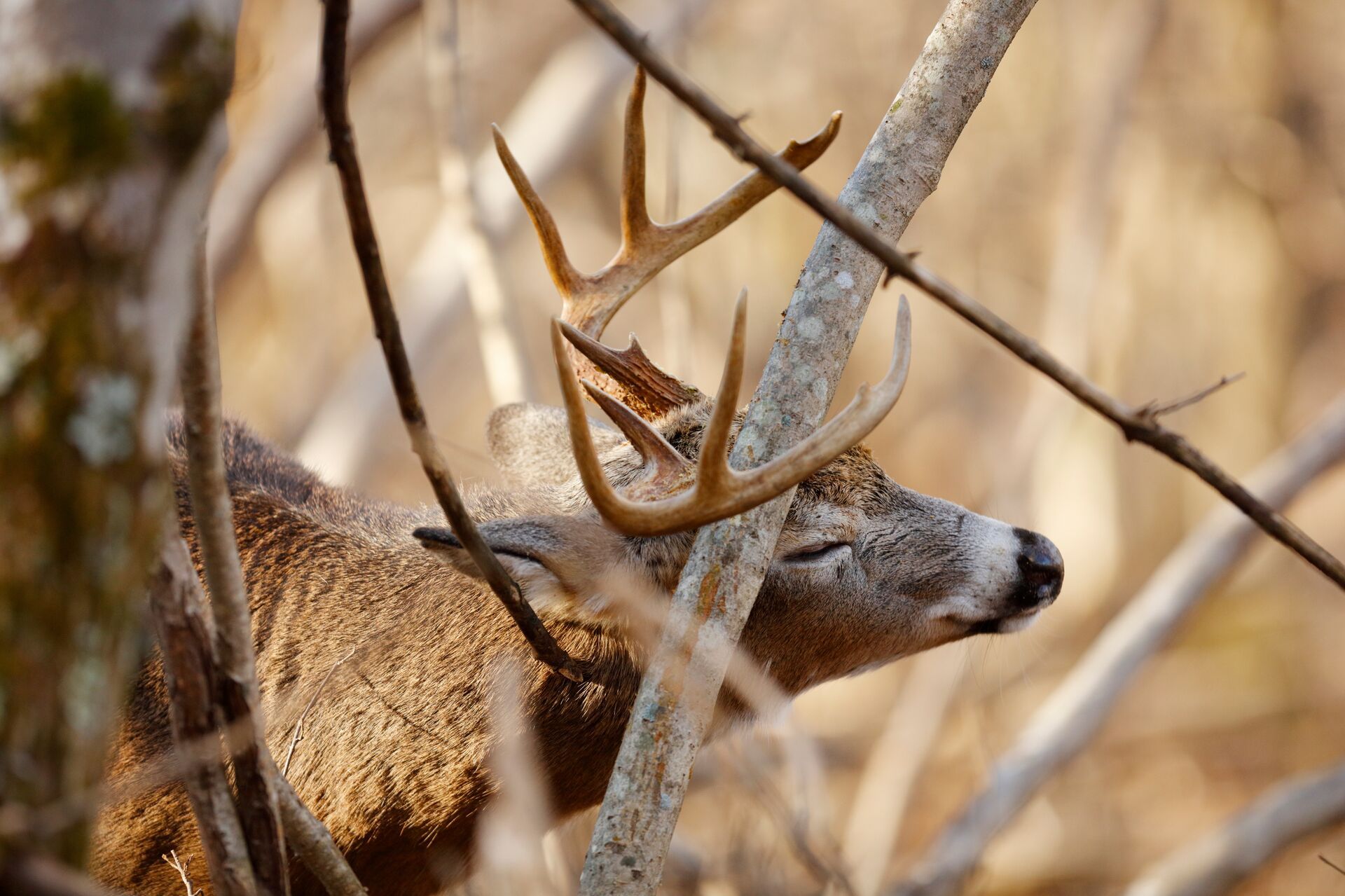
White-Tailed Deer: Understanding Characteristics and Behavior for Better Hunts
The white-tailed deer is one of the most iconic and sought-after game animals in North America. These highly adaptable animals can be found coast to coast, as far north as the Northwest Territories in Canada, and as far south as Bolivia in South Amer...Read More
Read More Deer
DeerThe Best States to Hunt Mule Deer
Muleys are a mainstay of the North American hunting list and a symbol of a classic Western hunt. As you plan your hunts this season, you need to know the best states to hit up for a mule deer hunt.Read More
Read More Deer
DeerThe Year-Round Hunter in June: Deer Hunting Off Season Prep
June is typically regarded as the first month of summer, which means the fall hunting season is right around the corner and closer than you think. It's time for deer hunting off season prep!Read More
Read More Deer
DeerWhite-Tailed Deer: Understanding Characteristics and Behavior for Better Hunts
The white-tailed deer is one of the most iconic and sought-after game animals in North America. These highly adaptable animals can be found coast to coast, as far north as the Northwest Territories in Canada, and as far south as Bolivia in South Amer...Read More
Read More
1 of 3
